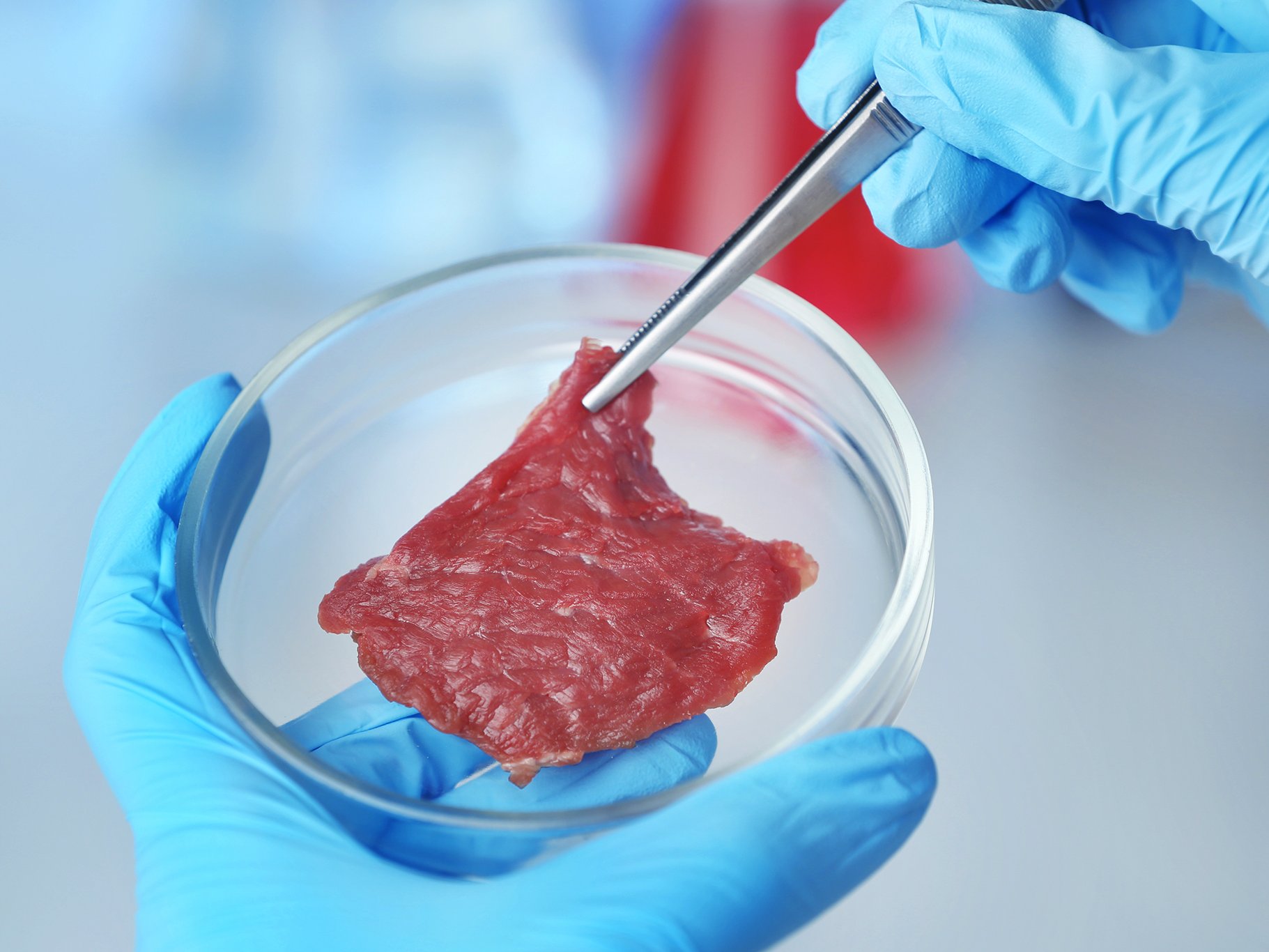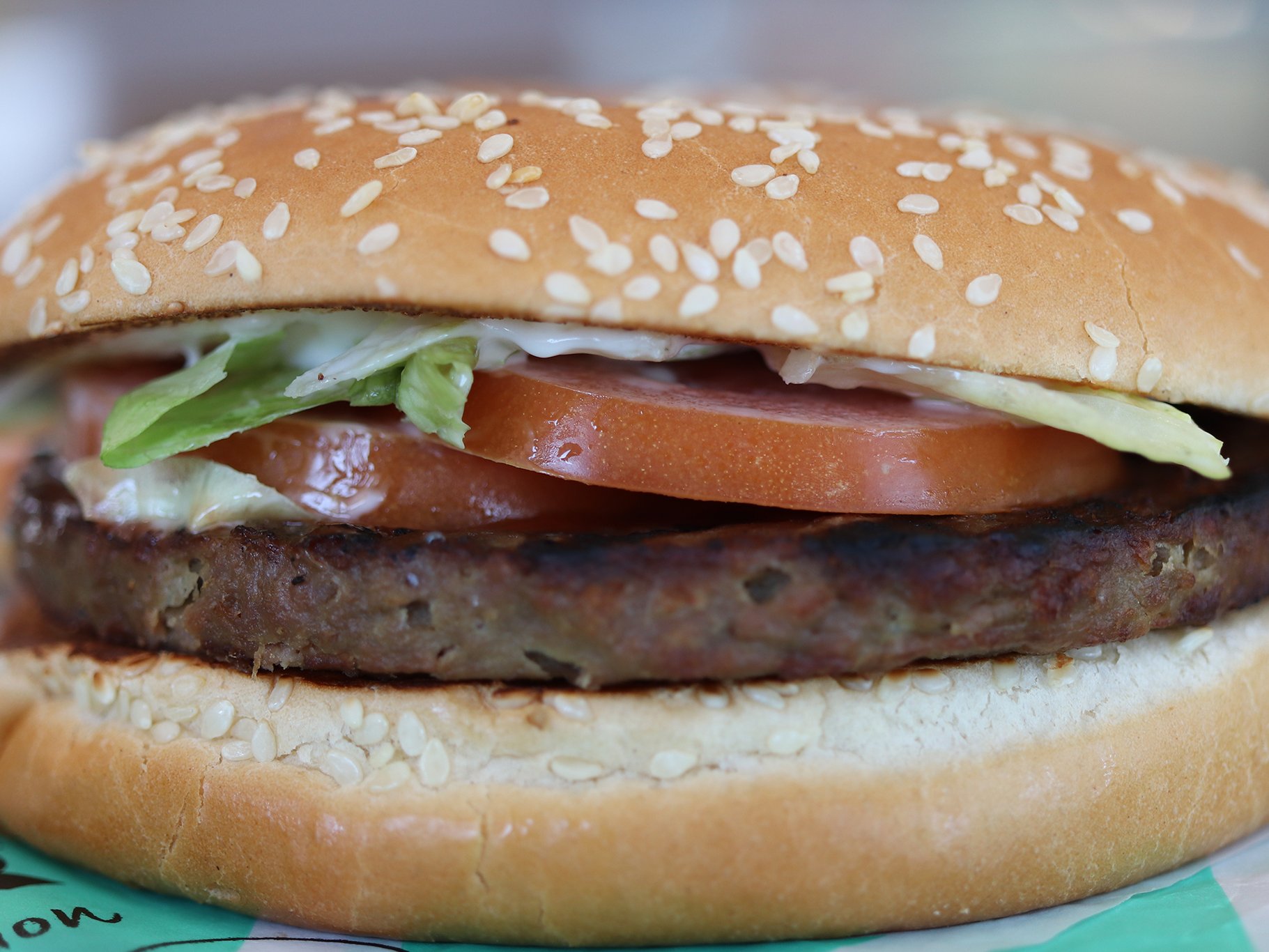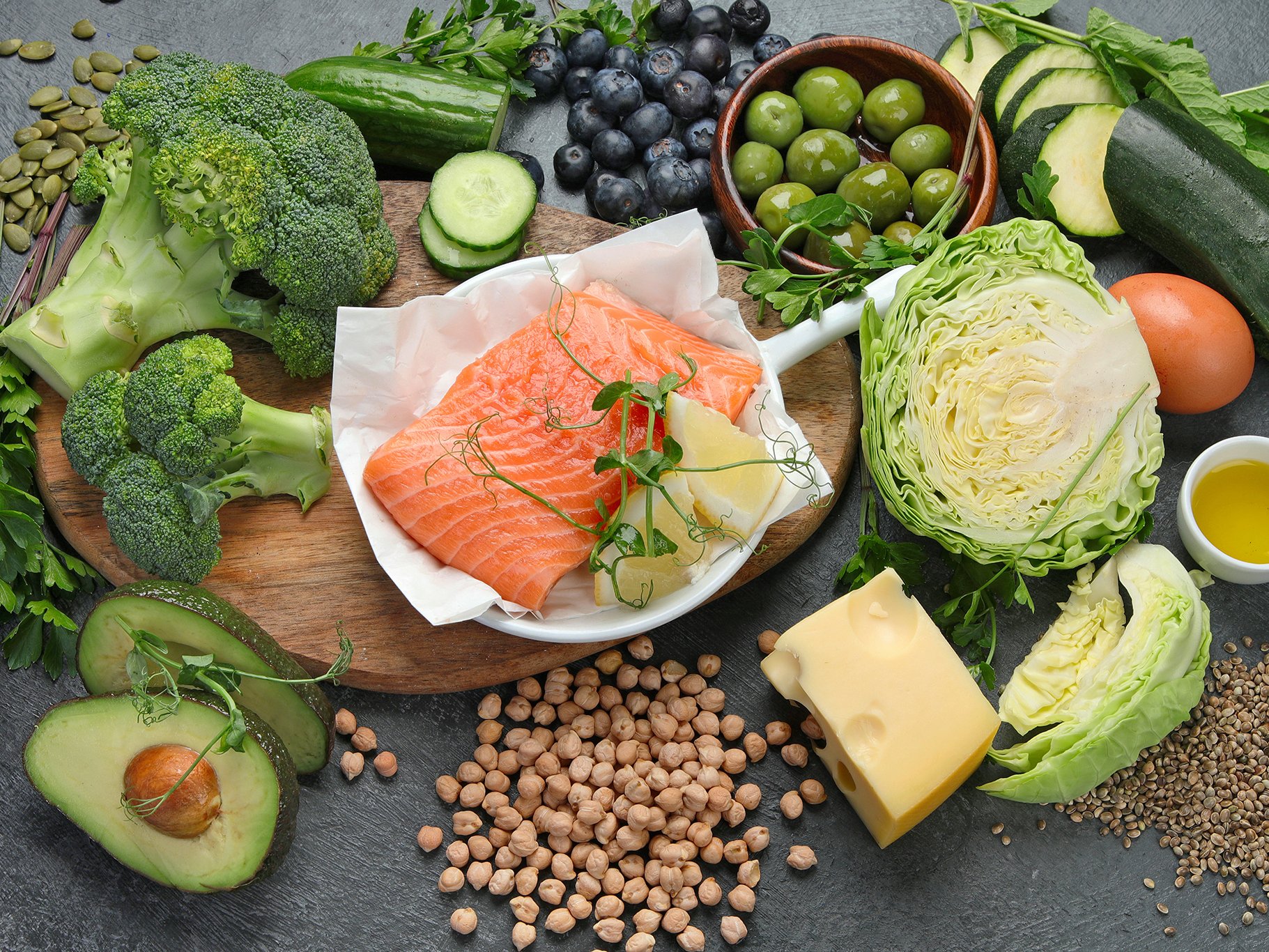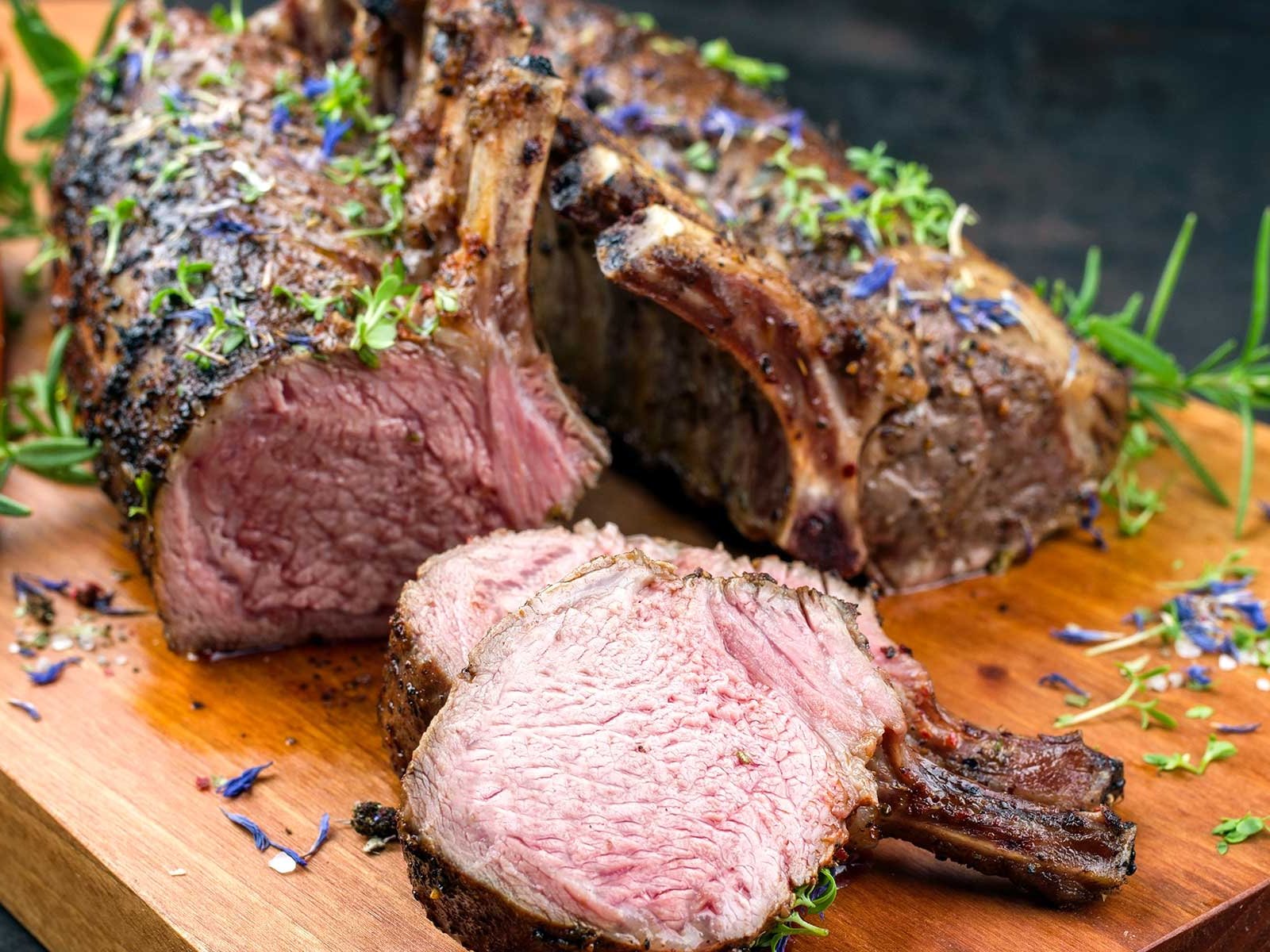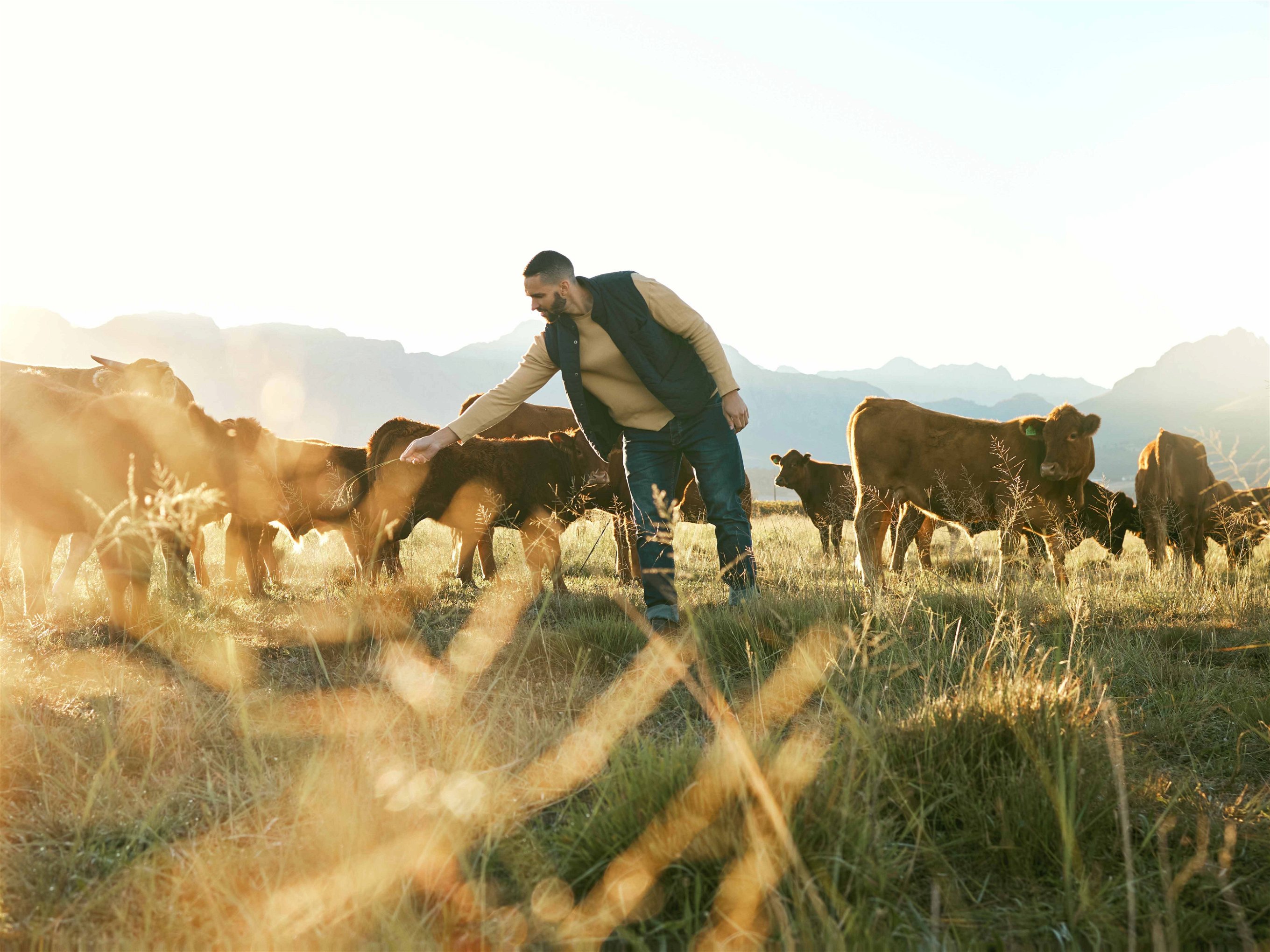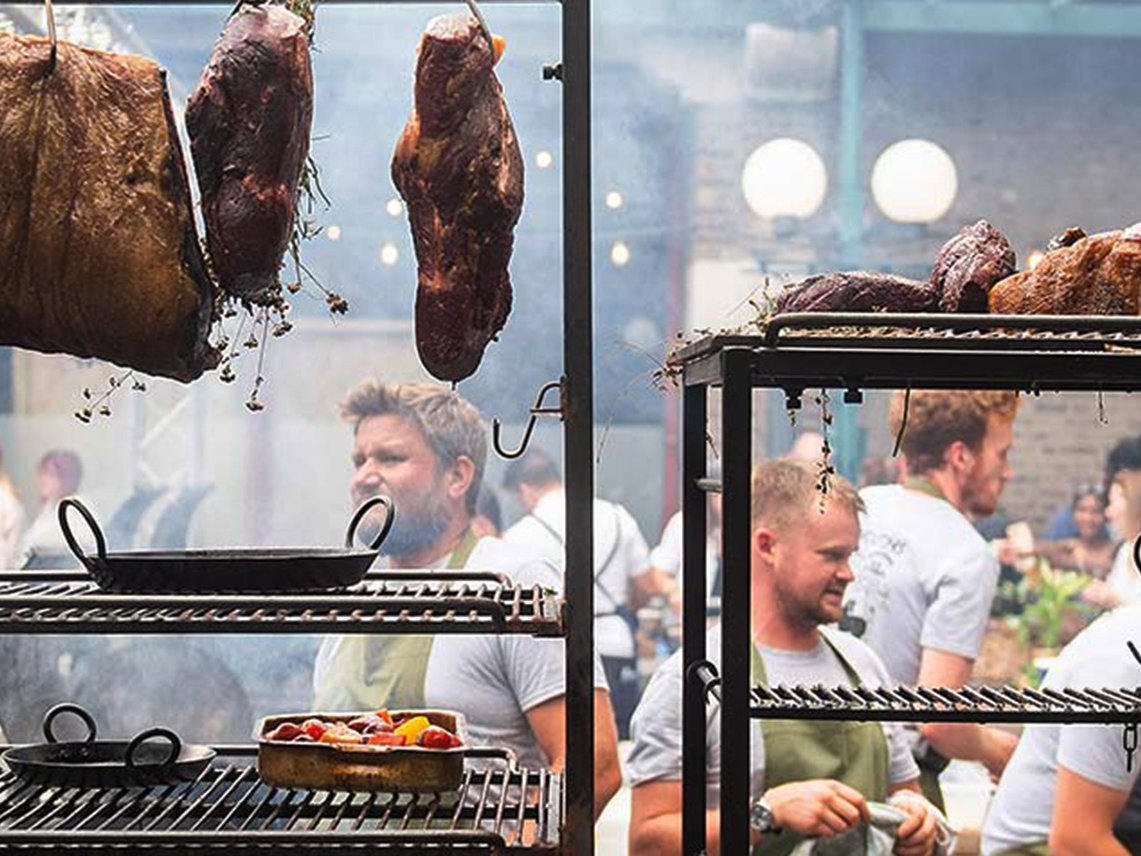New Zealand tackles meat sustainability
With a focus on maximising its ecological credentials, the country favours pasture-raised meat to limit the environmental impact of its production.
The vast majority, if not all, of the exported red meat produced in New Zealand is pasture-raised, according to the Meat Industry Association (MIA) of New Zealand. Pasture-raised, used as a familiar identifier on front-of-pack labelling, refers to the practice of raising animals for at least part of their lives on pasture or with access to pasture, rather than permanent placement indoors.
However, multiple claims and the vocabulary used have led to confusion. Ambiguous information on labels feeds into industry concerns about greenwashing; labels on meat products may lead consumers to believe what they are buying is more environmentally sustainable than it actually is, and subsequently influence their purchasing and consumption patterns.
Raising animals for meat production
Detailing the significance of pasture-raised meat, a spokesperson for MIA said this means New Zealand’s “farmers do not have the same impact on the environment as those agricultural systems that rely extensively on feedlots”. Within food production, feedlots are recognised as an intensive production system that aims to grow or fatten cattle until they reach a defined slaughter weight; feedlots are entirely reliant on harvested feed ingredients from the crop production model.
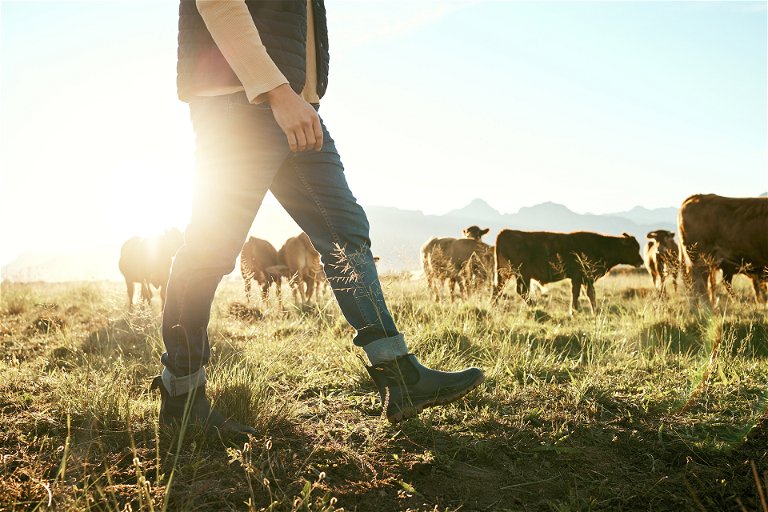
Pasture-raised animals and subsequent meat production have a particularly positive impact on lessening farmers’ environmental burden, particularly regarding water intake and disposal, the MIA’s spokesperson explained. In New Zealand, producers tend not to irrigate, with the country’s meat production system also having low nitrogen-leaching levels due to low herd density, particularly among sheep and beef farms.
Low-impact farming favours the environment
Sheep and beef in New Zealand produce methane, contributing to anthropogenic climate change. “However, our more natural, low-impact farming system is highly efficient,” said the MIA spokesperson. Regarding its efficiency in emissions, greenhouse gases (GHGs) from sheep and beef farming have decreased by 30 per cent in absolute terms since 1990, even as production levels have remained stable.
Research by AgResearch, a New Zealand Government research institute, shows that the carbon footprint of New Zealand’s sheep and beef meat is among the world’s lowest. Its figures also demonstrate these low levels when referring to sheep and beef meat exported to international markets and when competing with domestically-produced meat.
New Zealand recognises there is more work to be done. The majority of significant industries in the primary sector are collaborating to implement a framework by 2025 to reduce agricultural GHG emissions and build the agriculture sector’s resilience to climate change, the spokesperson explained.
Awareness of emissions’ impact
In addition, in New Zealand, all farms running 80 hectares (ha) or more have calculated their individual farm’s GHG emissions and are developing plans to monitor and measure them before a 2024 deadline.
Recent legislation also requires firms above a particular scale to report their carbon emissions on an auditable basis, which includes red meat processors. This visibility shall drive greater transparency and visibility through the supply chain.
New Zealand’s environmental credentials are a point of difference for the country as an exporting nation, as 95 per cent of red meat produced in New Zealand is exported. As a result, the production, regulatory and market access systems leave little scope for greenwashing, according to the MIA spokesperson.
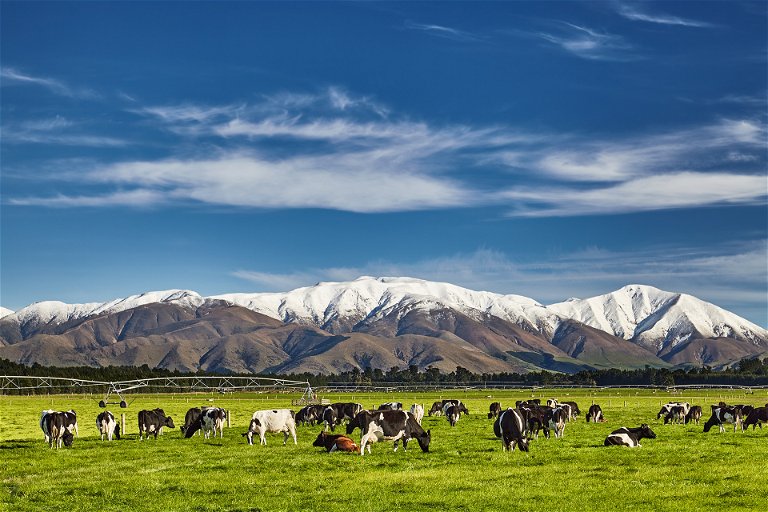
Active steps to avoid greenwashing
In the past, products have been blocked from some major markets, so the system is highly sensitive to risks of this nature and actively works to avoid them. Examples include animal welfare, with New Zealand banning live animal exports and requiring all animals to be electronically stunned before killing.
Red meat products shall be competing with other products in international markets, and some of these producers may be engaging in greenwashing,” the MIA said.

